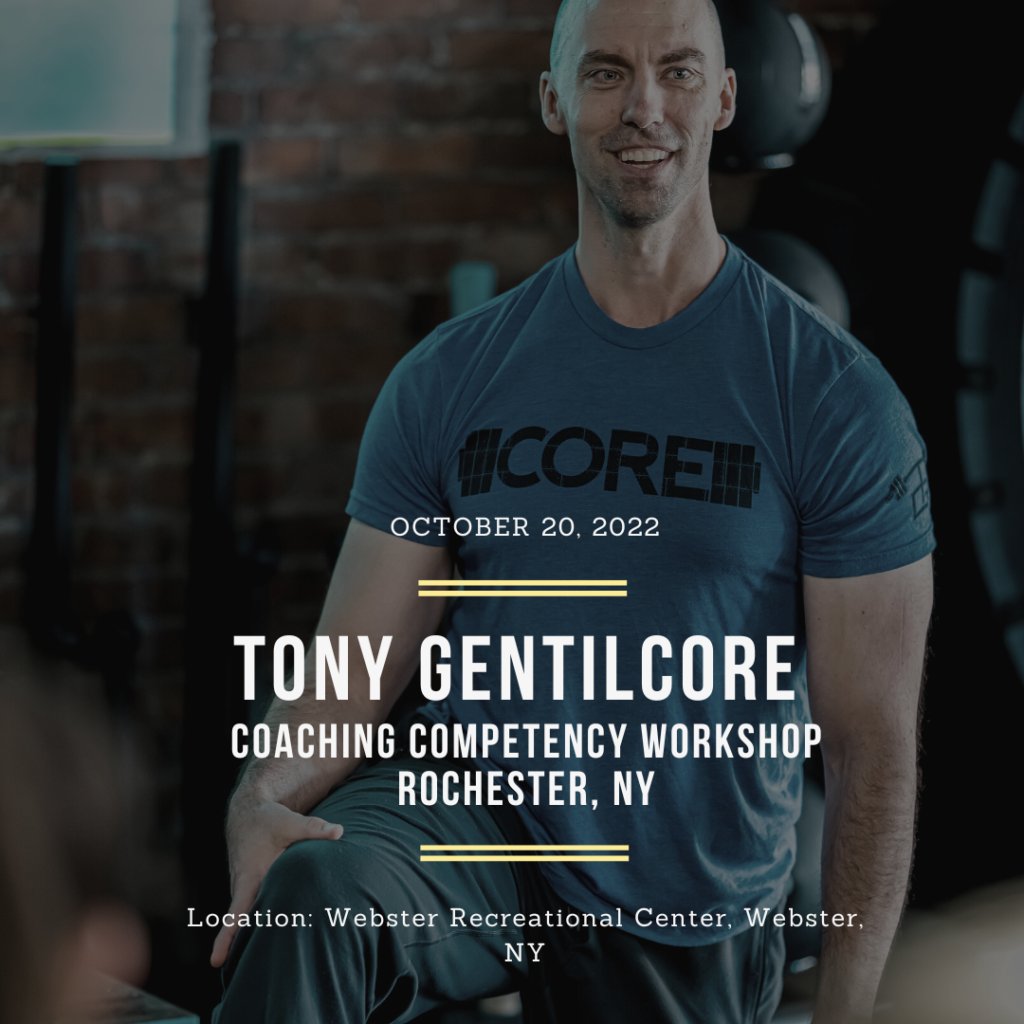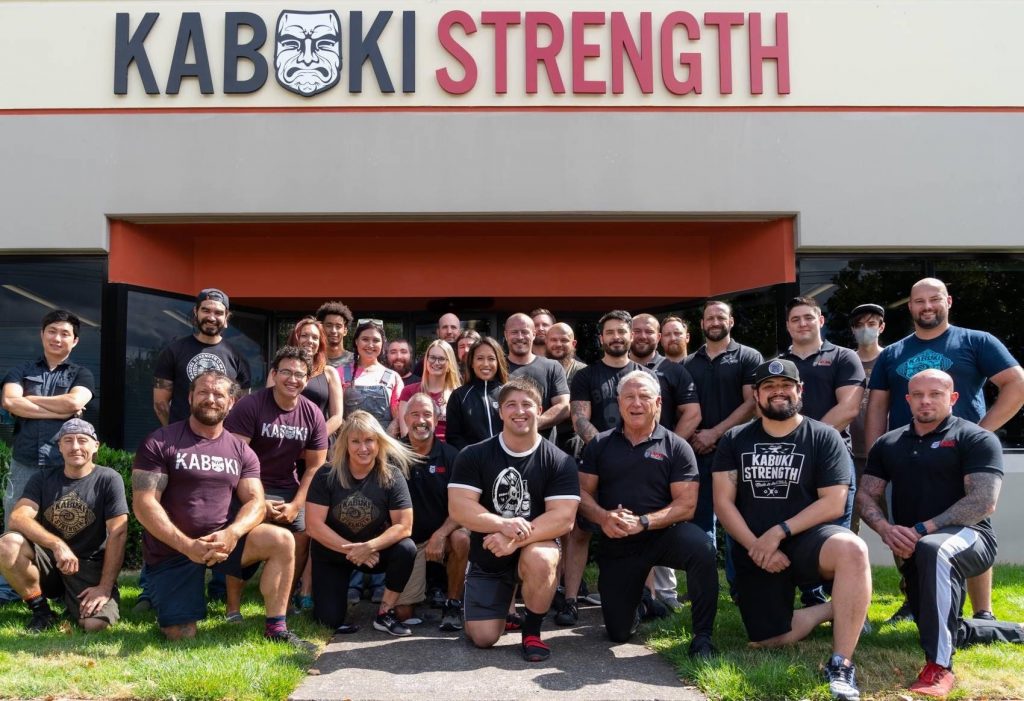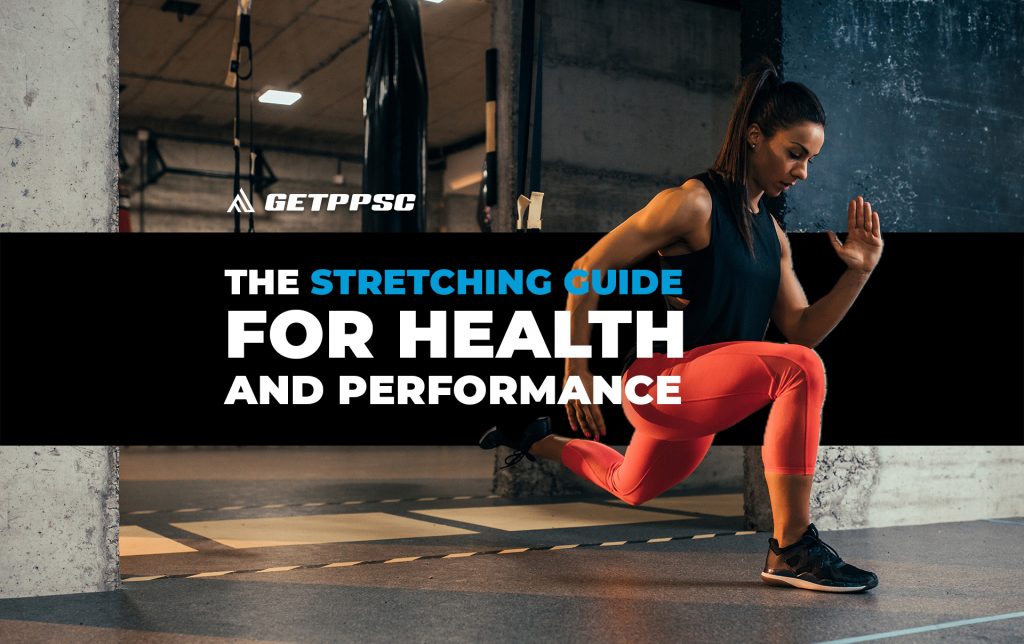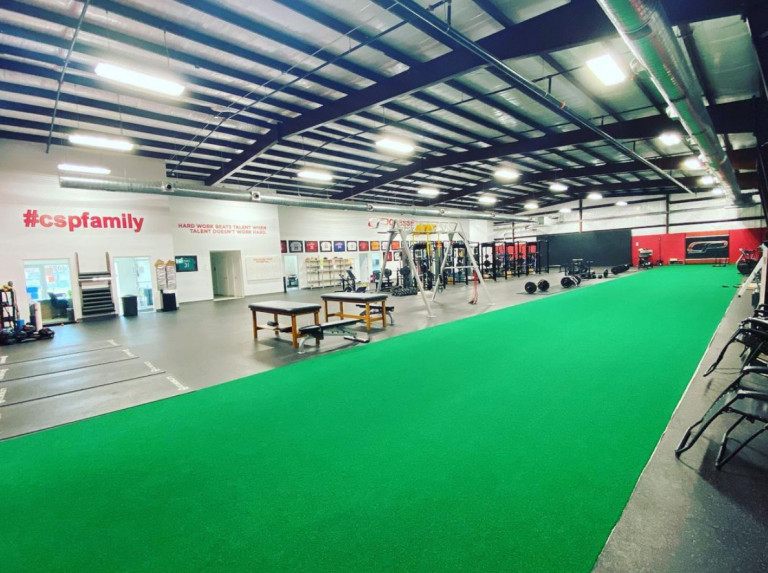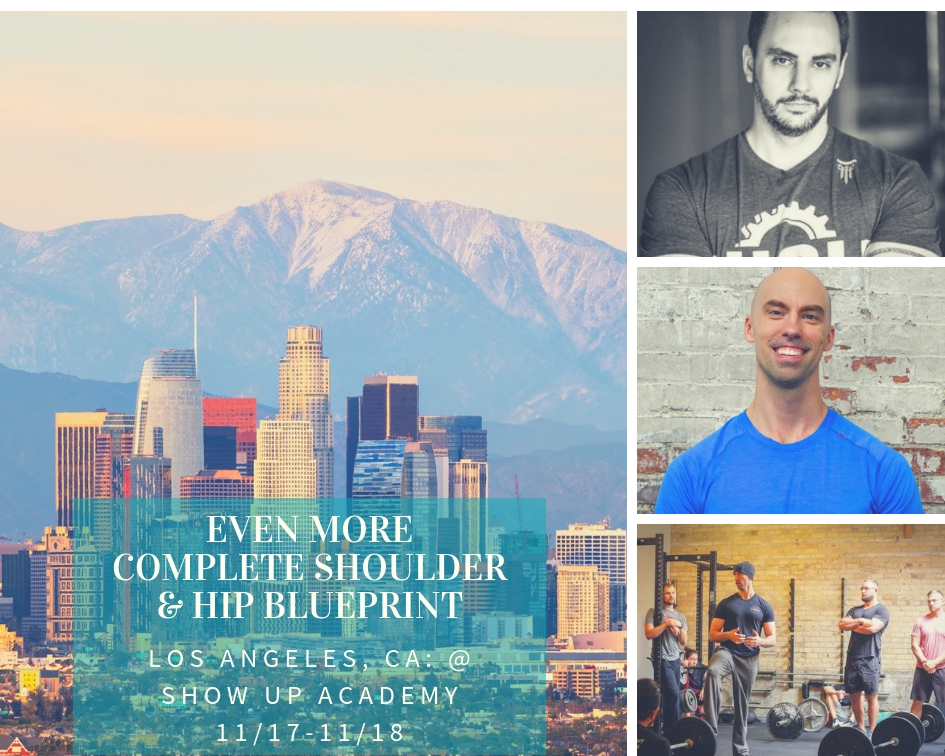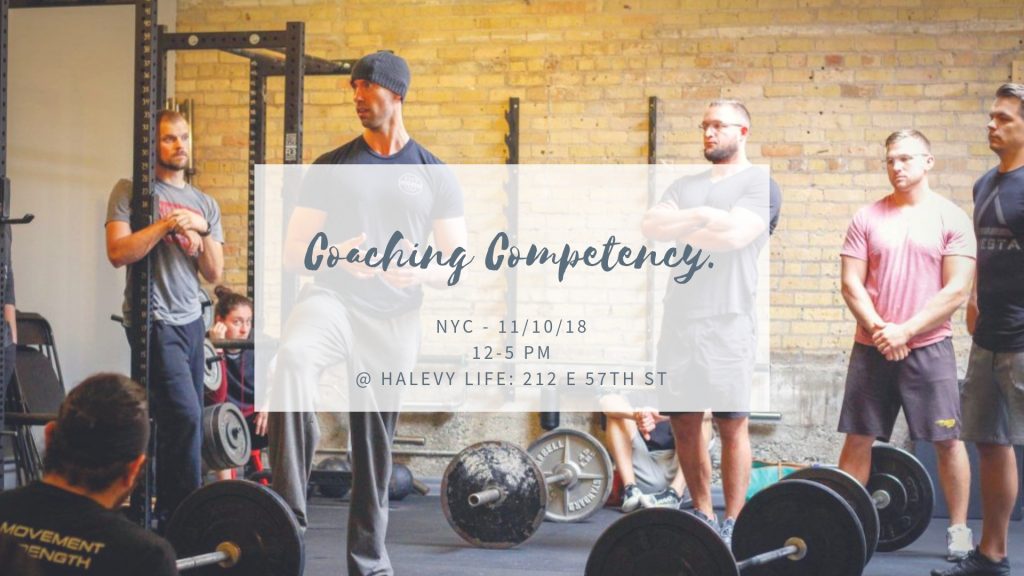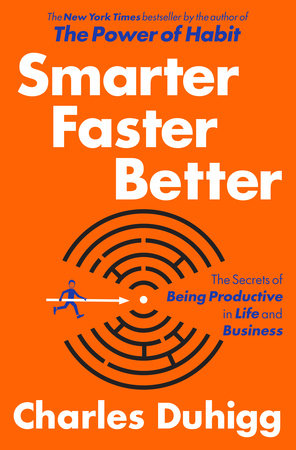There are many things that can make your shoulder(s) hate life.
- Poor programming balance
- Less than stellar exercise technique
- Muscular imbalances
- Bony adaptations (acromion type
- Poor scapular kinematics
- Orcs
And, for some, we could even make the case for faulty breathing mechanics and/or contralateral hip/ankle mobility restrictions.
I try not to get that into the weeds when it comes to people’s shoulders, though. It comes across as too voodoo(ish). That’s a word right?
If someone’s shoulders are cranky I like to keep things simple and start where I most often see issues…….
……their left ventricle.
HAHA, just kidding.
It’s the thoracic spine.

Accessing T-Spine Extension For Shoulder Health
Having the ability to extend the thoracic spine is a game changer for many people, especially for those who tend to be sequestered for hours on end in front of a computer on a day-to-day basis.
For lack of a better term, a lot of cool shit happens with extension:
- The shoulder blades can retract and upwardly rotate.
- It’s much easier to get the arms overhead.
- It’s easier to keep the chest up during squats and deadlifts.
- It makes for a “better” bench press. I.e., shoulder blades can retract and depress providing a more stable base of support.
- It makes you 17.2% more attractive.1
The thoracic spine (thorax for the nerds in the room) is the “anchor” of the shoulder blades. Ideally we like to see congruency between the ribcage/thorax/t-spine/whatchamacalit and the shoulder blades.
When someone is a bit more kyphotic (rounded) in that area it makes it almost impossible for this to happen because the shoulder blades will often be more abducted and anteriorly tilted.
This can setoff a domino effect of other shenanigans such as a narrowing of the acromion space (for example), which in turn leads to rotator cuff issues, which then leads to not being able to bench press without pain, which, as we all know, means the Apocalypse is upon us.
Let’s avoid the Apocalypse.
To that end I’d like to take this time to share some of my “go to” T-Spine Extension drills I use with my own clients and athletes on a weekly basis.
1. T-Spine Extension Off a Foam Roller (Performed In a Way That Doesn’t Make Me Want to Swallow Live Bees)
Likely the most recognizable drill many gravitate towards – and for good reason (it’s a good one) – is T-Spine Extension off a foam roller.
However, many tend to go waaaaaaay too far with their total range of motion on this to where it becomes more of a lumbar spine movement.
Here’s how to do it correctly:
2. Prone T-Spine Extension
I reserve “fancy” for choosing a nice restaurant for a date night with my wife.2
I don’t feel the need to get fancy with my T-spine extension drills.
The Prone T-Spine Extension drill is a fantastic way to build mid-back endurance.
3. Child’s Pose Back Extension Off Med Ball
What’s great about this variation is that when we adopt the “child’s pose” (knees tucked underneath) we OMIT the lumbar spine.
So now the only area we can get movement is the t-spine.
4. Pigeon Stance w/ Reach Through & Extension
Taking the previous concept and upping the ante a little bit is this exercise I “stole” from Dean Somerset.
If we want to talk about a drill that provides a TON of benefit for our training buck this is it.
Here we get a stellar hip mobility/glute stretch, while at the same time taking the lumbar spine out of the equation (because that’s NOT where we want movement from).
Too, with the reach through (and then extension) we’re getting a double whammy effect of mid-back mobility goodness.
NOTE: I like to add in an inhale (through the nose) on the reach through and then a FULL exhale (out the mouth) as the individual extends back up.
NOTE #2: My tricep looks fucking amazing in this video.
5. Wall T-Spine Extension w/ Lift Off
This drill is a doozy as well.
Pushing the hips back and “settling” into your accessible t-spine extension ROM is money enough for most people. But when you add in the end-range “lift off” (lifting the hands off the wall) at the end, it adds that little “eff you” component not many people will like.
Be careful not to crank through your lower back on this one!
6. Goblet Squat w/ Overhead Reach
You can thank Dr. Quinn Henoch for this one.
This one is more challenging than it looks, so way on the side of conservative when choosing the loads you use.
I’m using a 10 kg kettlebell in this video and am pretty sure I blacked out after shooting this video.
Want More Shoulder Magic?
Join me IN-PERSON for two upcoming Fall workshops I am putting on. I cover shoulder/hip assessment, programming strategies, the concept of the TRAINABLE MENU, favorite Decepticons, and much, much more.
1. Strategic Strength Workshop (w/ Luke Worthington) – October 8-9th @ West Hollywood, CA
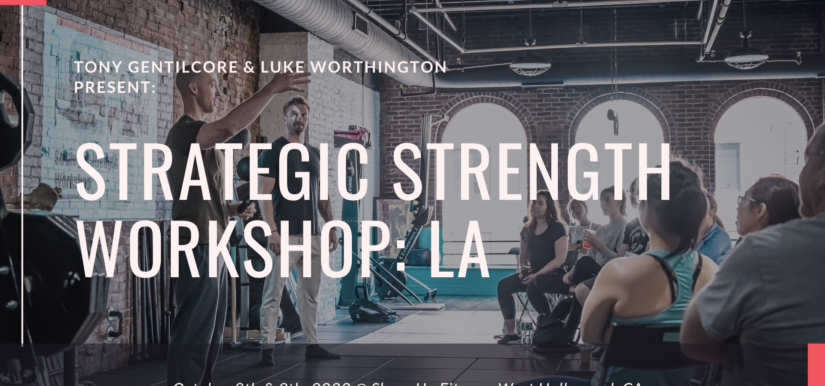
2. Coaching Competency Workshop – October 20th @ Rochester, NY
